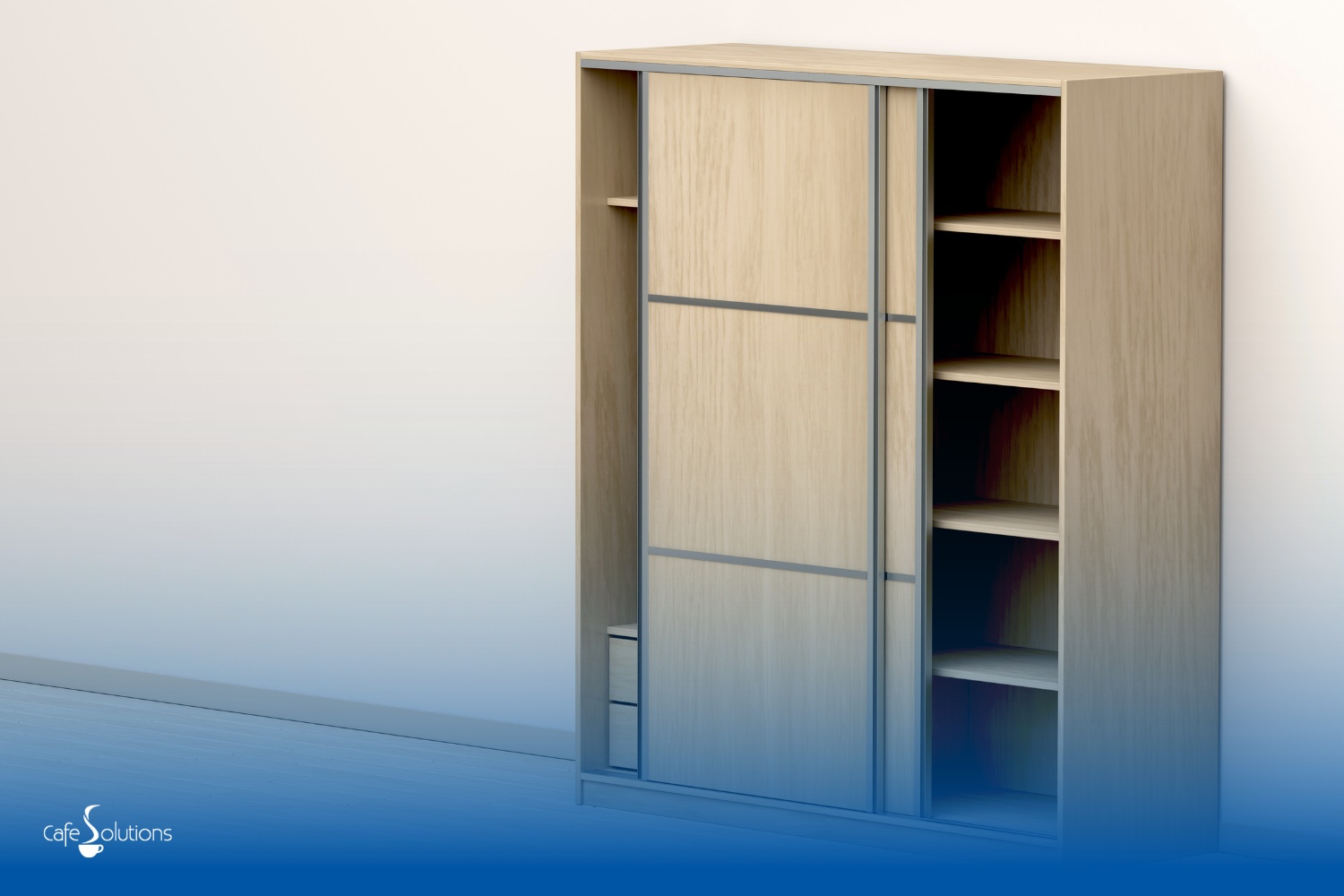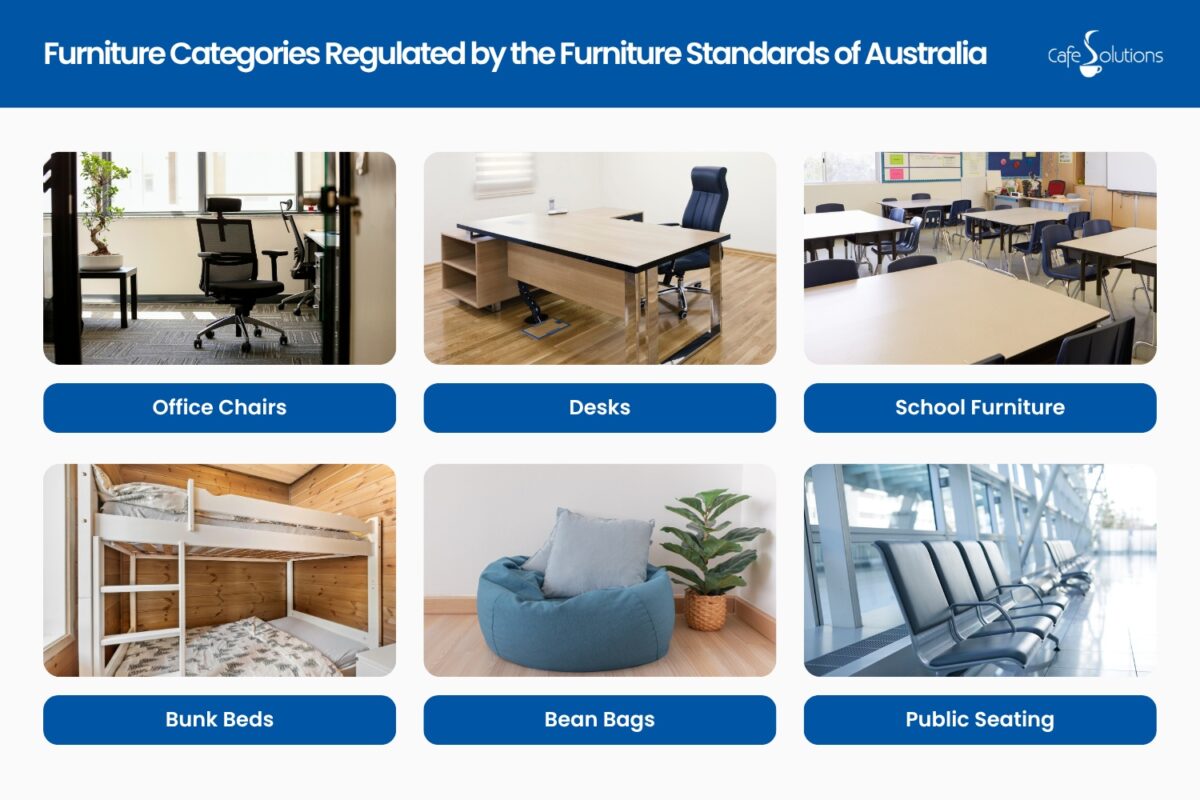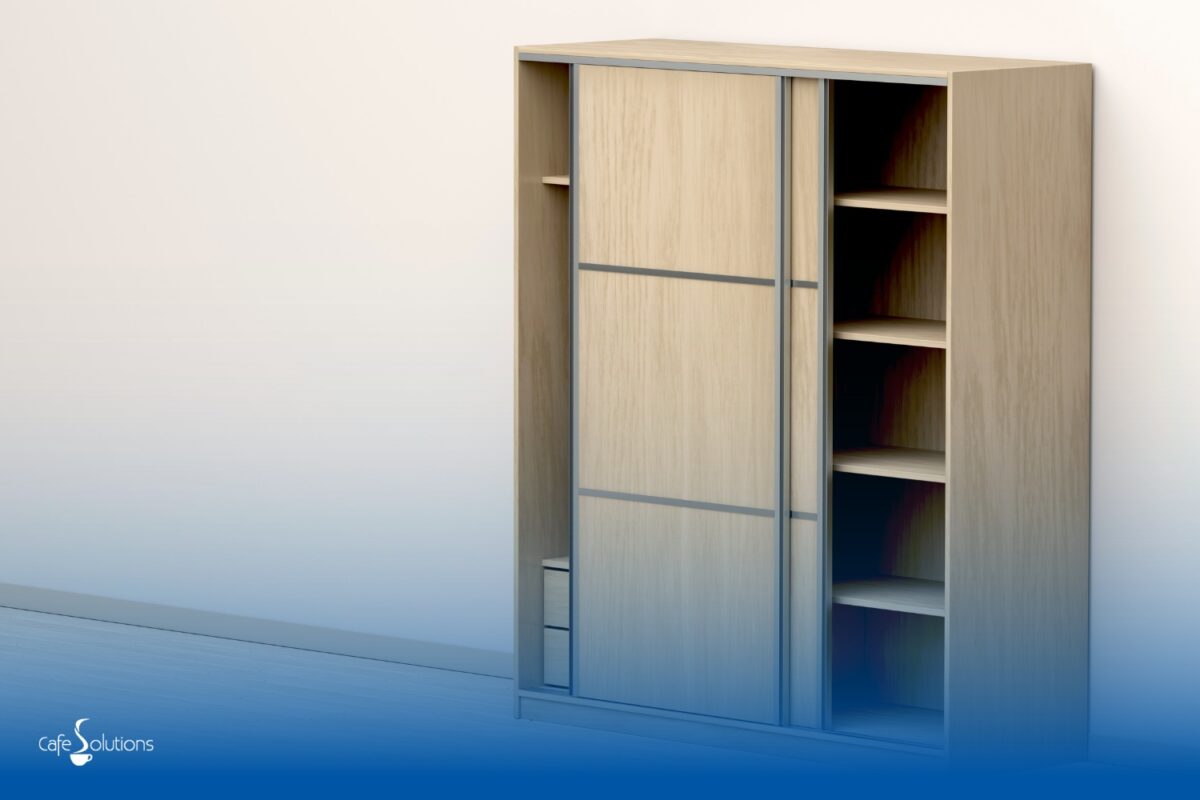Your cart is currently empty!
Australian Furniture Standards

Furniture in Australia is governed by certain standards. These standards need to be adhered to when you sell furniture, because they pertain to the safety and wellbeing of those who buy it. There are different kinds of standards for plastic furniture, wooden furniture, bunk beds, and more.
The furniture industry in Australia employs over 26,000 full-time workers in furniture retailing alone, according to Brandon Gaille. It’s a good industry to be in if you want to make profit. However, you must know and stick to certain stands. Café Solutions is here to help you understand these standards so that you can apply them.
Key Takeaways
- You must follow safety and labelling rules before selling any furniture in Australia.
- Different types of furniture—like wood, plastic, and swivel chairs—each have their own safety standards.
- From May 2025, tall furniture must have warning labels to stop it from falling over.
- Even secondhand furniture must be safe and not dangerous to sell.
What are the Furniture Standards for Selling Furniture in Australia?
To sell furniture in Australia, you must meet key safety and labelling standards. This includes using safe materials, ensuring the stability of your furniture, and following fire safety rules for upholstered items. You also need to clearly label products with the correct country-of-origin details. These standards are there to protect buyers and ensure your furniture meets Australian consumer laws.
Let’s take a look at some of the furniture standards in Australia and how they apply to certain types of furniture.
Wooden Furniture
The wooden components of your furniture must comply with AS/NZS 4785.3:2002. This means that any furniture that has wood components should include moisture levels info, the chemicals used in the finish, and the stability safety measures that need to be taken note of. You also need clear labelling with product details and instructions on your furniture.
Plastic Furniture
Plastic chairs and tables must meet the AS/NZS 3813 standard, which lays out the performance, strength, and stability of your plastic furniture. This should make sure they hold weight safely, and that they won’t tip over easily. You also need to check UV resistance if they’re for outdoor use.
Swivel Chairs
To sell swivel chairs in Australia, your products must meet the AS/NZS 4438 standard for strength, stability, and durability. These chairs must be able to withstand repeated movements, and have a stable base. They should also include clear assembly and safety instructions. You have to label them with their country of origin and instructions on how to use them.
Which Furniture Categories are Regulated According to these Standards?

In Australia, furniture categories that are regulated are:
- Office chairs
- Desks
- School furniture
- Bunk beds
- Bean bags
- Public seating
These furniture categories are regulated under specific safety standards. The standards ensure that furniture is stable, safe to use, and appropriate for its intended setting. You must follow these rules before selling to Australian customers.
Here’s a simplified table to show you which furniture categories are regulated by the Furniture Standards of Australia:
| Furniture Category | Key Safety or Compliance Focus | Common Standard Reference |
|---|---|---|
| Children’s Furniture | Must meet strict safety and stability rules | AS NZS 8124 |
| Upholstered Furniture | Tested for flammability and durability | AS NZS 3744 AS NZS 4088 |
| Wooden Furniture | Requires structural integrity testing | AS NZS 4785 AS NZS 4442 |
| Plastic Furniture | Evaluated for strength and tipping risk | AS NZS 3813 AS 4684 |
| Freestanding Storage Units | Must include anti‑tip labelling and anchoring advice | AS NZS 4935 |
| Entertainment Units | Covered by mandatory toppling hazard rules | Mandatory Toppling Standard |
| Swivel Chairs | Performance tested for load and movement | AS NZS 4438 |
| Office Desks | Must meet workspace safety standards | AS NZS 4442 |
What is the Mandatory 2025 “Toppling Furniture” Information Standard?

As from the 4th of May 2025, Australian suppliers will need to follow the Consumer Goods (Toppling Furniture) Information Standard 2024. This regulation requires you to label your high‑risk furniture with permanent warnings. You also need to provide clear hazard advice in‑store and online, and include anchoring instructions in your manuals.
What Furniture does it cover?
The Toppling Furniture Standard covers mostly tall furniture that has a risk of falling over. This includes:
- Bookcases
- Entertainment units
- Wardrobes
- Sideboard furniture
- Hall and display furniture
Because these pieces may cause a hazard if they fall over, clear labelling must be included for the safety of the buyer.
What Must You do to comply?
To comply with the Toppling Furniture Standard, you must do the following:
- Attach permanent warning labels on pieces over 686 mm tall or entertainment units of any height.
- Display warning tags or placards at the point of sale, both online and in‑store.
- Include clear warnings in assembly or user manuals, with an alert word (e.g. WARNING), a safety symbol, and a note stating that children have died from toppling furniture.
What are the Labelling Requirements for Furniture in Australia?
The labelling requirements for furniture in Australia are:
- A clear, permanent label showing the country of origin.
- Material content listed if relevant.
- Safety warnings if the product is regulated.
- Assembly instructions with usage and safety guidance for DIY products.
- Flammability labels for certain upholstered furniture.
- Toppling hazard warnings.
- All labels must be easy to read, durable, and securely attached.
Do Furniture Standards Apply to Secondhand Furniture Sold in Australia?
No, furniture standards don’t apply to secondhand furniture sold in Australia. However, second-hand sellers, including op shops and online resellers, are responsible under the Australian Consumer Law. That means you must not sell items that could injure someone, even if they’re used.
Is Lab Testing Mandatory for Imported Furniture?
The lab testing of imported furniture in Australia isn’t always mandatory, but it’s highly recommended to ensure safety and compliance with applicable standards. You’re responsible for proving that your products do meet regulations. Testing by accredited third party labs helps you meet mandatory safety standards and consumer law, especially for furniture.
What Companies Comply with Furniture Standards in AUS?
Furniture companies that comply with the Furniture Standards of AUS include Café Solutions. We supply plastic and wooden chairs, as well as swivel chairs for restaurants and cafés. Contact Café Solutions to see our range of furniture, and rest assured that all labels and furniture standards are in place.
FAQs on Australian Furniture Standards
Are Furniture Standards monitored in Australia?
Yes, furniture standards are monitored in Australia through random inspections, product recalls, and complaints. The ACCC and state regulators check if items meet mandatory safety standards. You must ensure your furniture stays compliant or risk fines, recalls, or being banned from selling the product altogether.
What voluntary standards exist for furniture quality in AUS?
Voluntary standards like AS/NZS 4220, 4442, 4610 and 3813 exist to guide quality, strength, and durability. These apply to items like bunk beds, desks, school furniture and plastic chairs. While not always required, following them shows your products are safe and reliable—and can help avoid costly issues later.
Are chemicals regulated in furniture?
Yes, chemicals in furniture are regulated. Upholstery, foam and timber finishes must meet limits for formaldehyde, flame retardants, and heavy metals. If you’re importing, you must ensure your products don’t contain banned substances like asbestos or exceed safe chemical limits—otherwise, they won’t pass biosecurity or customs checks.
Back to Top: Australian Furniture Standards

